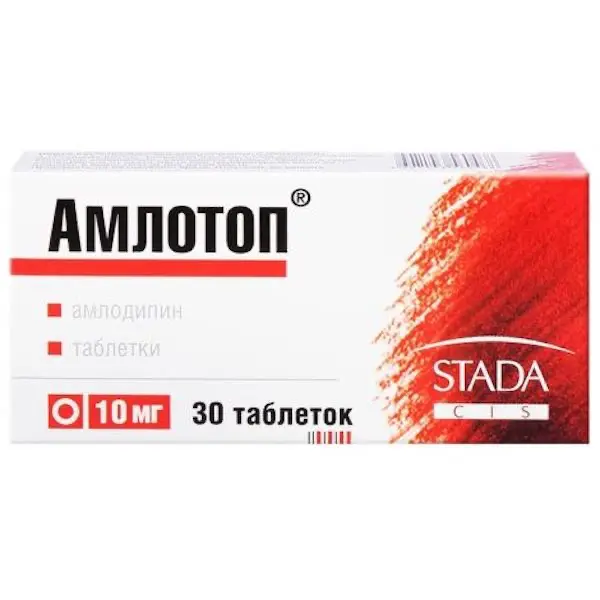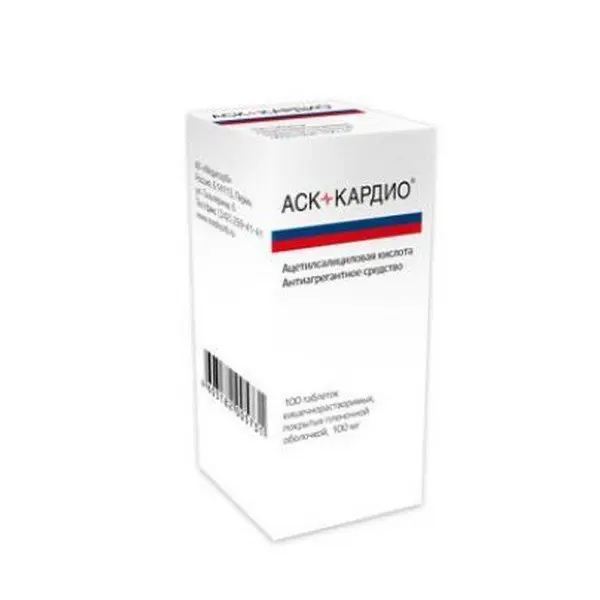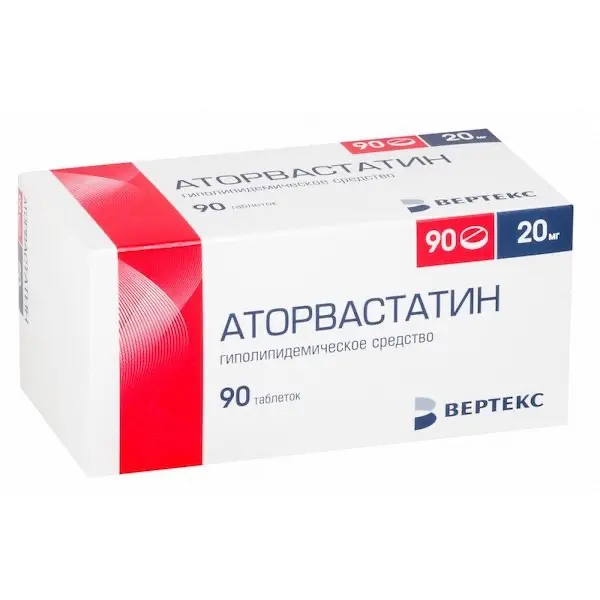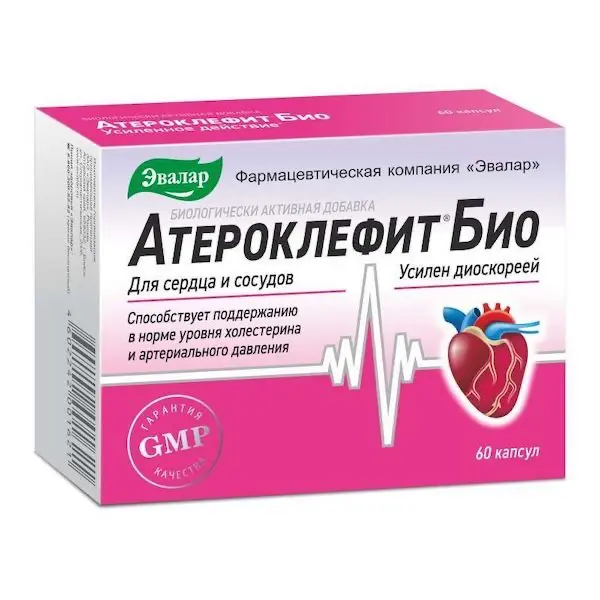Description
Trimetazidine MB Pharmacodynamics
Mechanism of action
Trimetazidine prevents decrease in intracellular concentration of adenosine triphosphate (ATP) by maintaining energy metabolism of cells under hypoxia. Thus, the drug provides normal functioning of membrane ion channels, transmembrane transport of potassium and sodium ions and preservation of cellular homeostasis
Rimetazidine inhibits fatty acid oxidation through selective inhibition of 3-ketoacyl-CoA-thiolase (3-CAT) enzyme of mitochondrial long-chain fatty acid isoform, which leads to increased glucose oxidation and accelerated glycolysis with glucose oxidation, which determines myocardial protection from ischemia. The switch of energy metabolism from fatty acid oxidation to glucose oxidation underlies the pharmacological properties of trimetazidine.
It has been experimentally confirmed that trimetazidine has the following properties:
– Supports energy metabolism of the heart and neurosensory tissues during ischemia;
– reduces the severity of intracellular acidosis and changes in transmembrane ion flow that occur during ischemia;
– lowers the migration and infiltration of polynuclear neutrophils in ischemic and reperfused heart tissues;
– Reduces the size of myocardial damage;
– has no direct effect on hemodynamic indices.
In patients with angina pectoris trimetazidine:
– Increases coronary reserve, thereby delaying the onset of exercise-induced ischemia beginning on day 15 of therapy;
– limits exercise-induced blood pressure fluctuations without significant changes in heart rate;
– significantly reduces the frequency of angina attacks and the need for taking short-acting nitroglycerin;
– improves left ventricular contractile function in patients with coronary dysfunction.
The results of clinical studies have confirmed the efficacy and safety of trimetazidine in patients with stable angina pectoris, both in monotherapy and as part of combination therapy when the effect of other antianginal drugs is insufficient.
Indications
Long-term therapy of coronary heart disease: prevention of stable angina attacks as part of monotherapy or combination therapy
Contraindications
– Hypersensitivity to trimetazidine or any drug component;
– severe renal insufficiency (creatinine clearance less than 30 ml/min);
– under 18 years of age (efficacy and safety have not been established);
– pregnancy and breast-feeding;
– Parkinson’s disease, Parkinsonian symptoms, tremor, restless legs syndrome and other related motor disorders.
Caution
Patients with moderate renal insufficiency (CKD 30-60 ml/min); patients over 75 years old.
Dosage and administration
- Orally, with meals.
- Tablets should be taken whole, without chewing, with water.
- Trimetazidine MB is prescribed 1 tablet 2 times a day (morning and evening).
- The duration of treatment is determined by the physician.
- The maximum daily dose is 70 mg.
- Patients with impaired renal function
- Patients with moderate renal insufficiency (creatinine clearance from 30 to 60 ml/min) use 1 tablet 1 day with breakfast.
- Elderly patients
- Recommended daily dose for patients with moderate renal insufficiency (CK 30-60 ml/min) is 35 mg (1 tablet) in the morning during breakfast. Dosage adjustment in patients over 75 years of age should be performed with caution.





